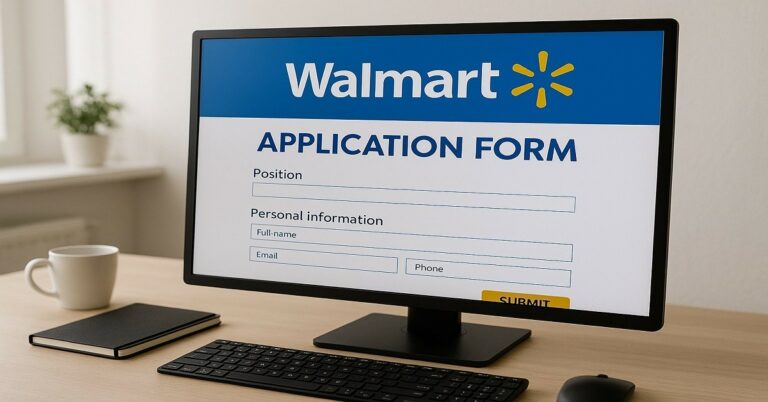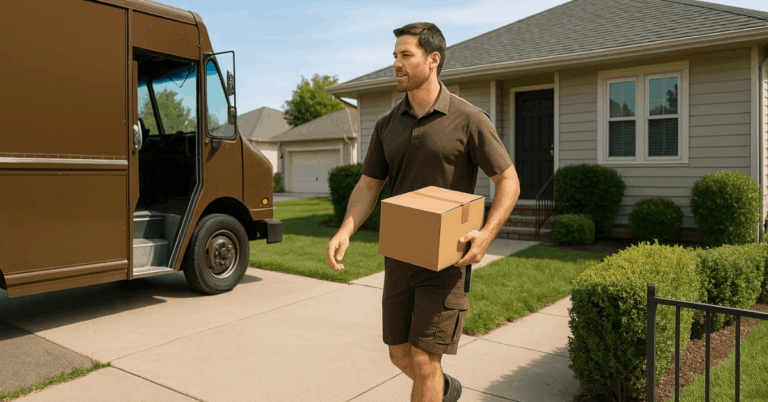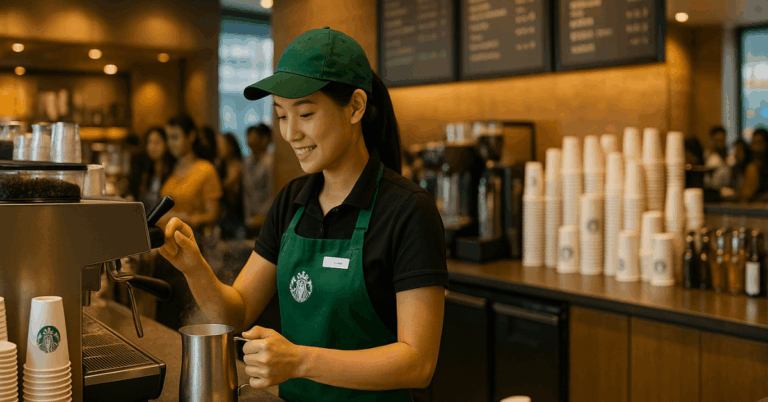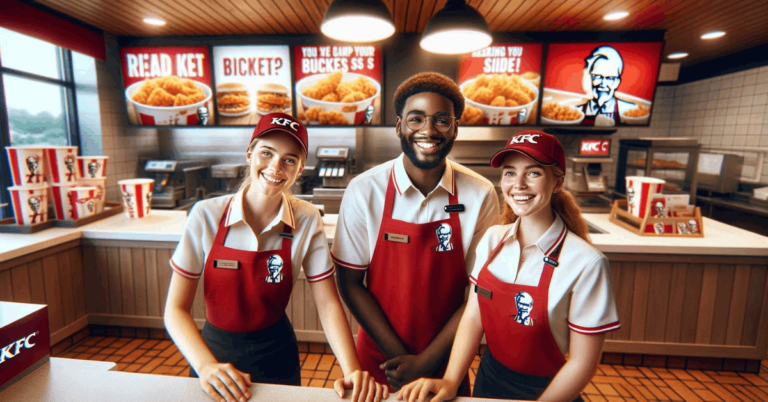Grocery delivery platforms let you choose when you work and how much you take on.
You get paid per order or per “block,” plus customer tips, and most apps pay out quickly.
Below is a clear, fact-based guide to flexible grocery delivery jobs’ earnings, costs, and how to get started.
What These Jobs Are (and how pay is structured)
Most grocery delivery roles are independent-contractor gigs. You accept orders in an app, shop, and/or deliver, and get paid per job with tips.
Platforms generally show an estimated payout before you accept.
Typical tasks you’ll do
Shop & deliver: Pick items in-store, check out, and drive to the customer.
Deliver only: Pick up pre-bagged orders from store staging areas (e.g., Walmart, Whole Foods) and deliver.
Communicate: Send substitutions/updates in-app to keep customers satisfied (often leading to better tips).
Flexibility
You control when you work. Open the app, go online, and accept only the orders you want. You can work mornings, nights, or weekends.
You can pause anytime without asking permission. You can stack multiple apps to reduce downtime.
You can chase peak hours for better pay or do quick runs between other commitments. You can switch zones or stores if your city allows it.
You can cash out fast on many apps, giving you financial flexibility.
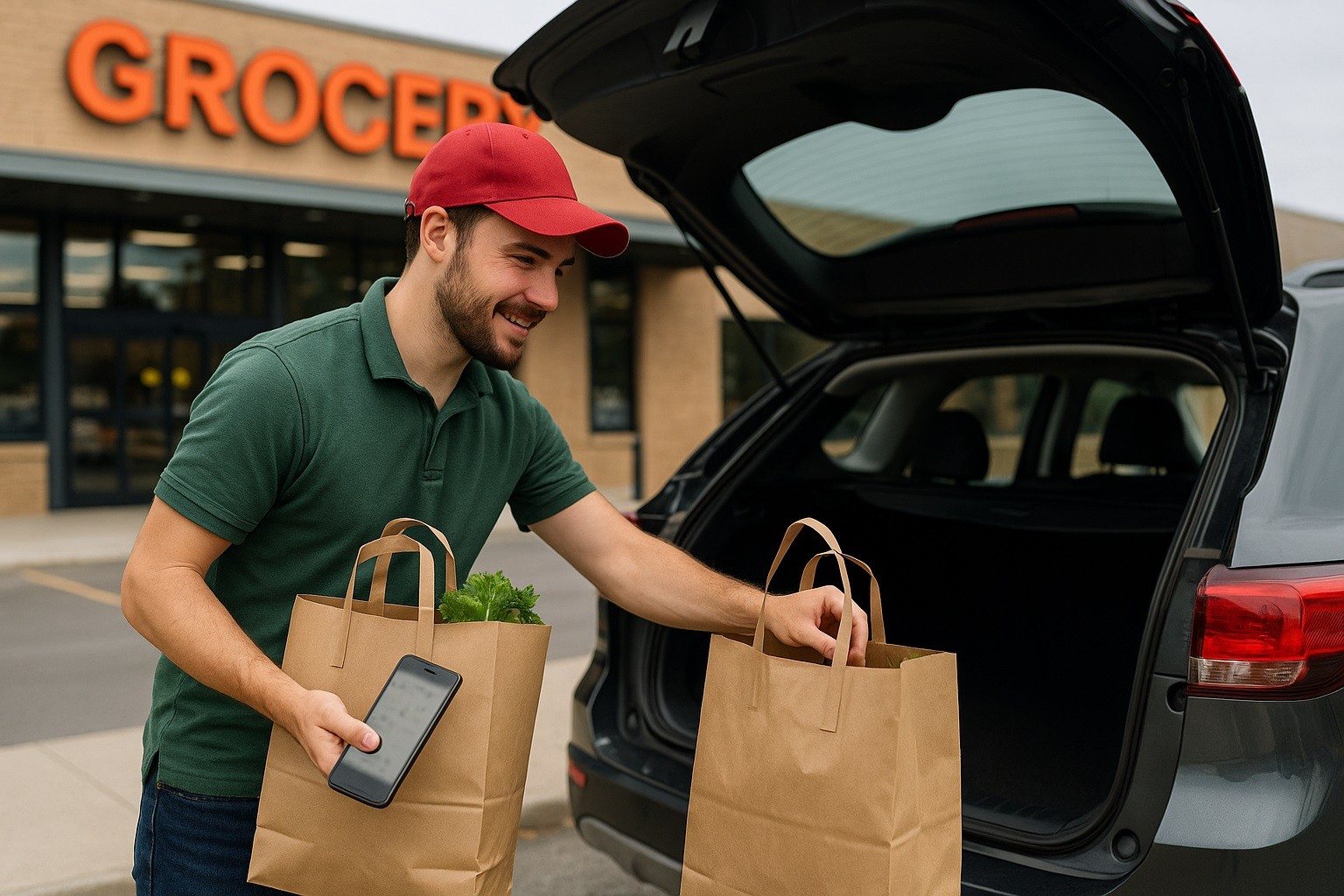
Platform Snapshots (requirements, shifts, payouts)
- Work type: Full-service (shop + deliver) or in-store only (hourly W-2 in some locations).
- Pay model: Per batch + tips; instant cash-out available for batch earnings; full earnings typically available shortly after delivery, with weekly direct deposit as an option.
- Extras: Peak earning charts in-app to plan your schedule.
Shipt
- Work type: Shop + deliver from partner stores.
- Pay model: Per-order, with the estimate shown up front; the company’s Earnings Standard references an equivalent floor of about $16/hour on offers (policy language has varied by time and market).
- Payouts: Regular deposits; timing depends on your settings.
- Work type: Deliver Walmart orders (including groceries) to customers.
- Pay model: Per-trip base + incentives (per-trip boosts, multi-trip guarantees).
- Payouts: Direct-deposit options and weekly or near-weekly cadence depending on region and configuration.
Amazon Flex (Whole Foods & other blocks)
- Work type: Fixed “blocks” where you pick up and deliver pre-packed orders.
- Pay model: Fixed pay per block, plus tips on eligible deliveries; Instant Pay to an Amazon Flex Debit Card is available shortly after block completion.
- Extras: A rewards program that offers perks tied to reliability and volume.
Flexible Grocery Delivery Jobs Earnings
There’s no single number; market and timing drive pay. Still, you can benchmark with trustworthy aggregates and official statements.
- Instacart (full-service shoppers): National averages reported by major job aggregators place typical earnings around $18/hour, with field tests showing lower and higher outcomes depending on wait time and tips.
- Shipt: The company has described an “Earnings Standard” intended to keep offers at no less than an equivalent $16/hour in every market, though actual results vary by order mix and tips.
- Walmart Spark: Analyses of real driver data commonly show ~$15–$25/hour, with higher peaks in busy periods due to add-on incentives and bonuses.
- Amazon Flex (Whole Foods and other deliveries): Independent tracking in 2024 indicated weekly earnings and hours rose year over year, a useful directional signal even though hourly rates still vary by city and block availability.
For a broader baseline, federal occupational data for driver/sales workers and light truck drivers show median pay of roughly $18–$21/hour.
Gig earnings may be higher or lower depending on tips, market, and hours worked.
What affects your hourly
Busy hours (evenings, weekends) and larger orders tend to pay more; apps often highlight peak earning windows.
Many platforms add tips on top of base pay; customer service and speed influence totals.
Spark and others run per-trip boosts and multi-trip guarantees during high demand.
What it Costs to Work (and how to estimate your “real” pay)
Because you’re an independent contractor, you cover fuel, maintenance, insurance, and taxes.
A practical way to approximate vehicle costs is the IRS standard mileage rate—$0.70 per mile for business in 2025.
Track your miles and subtract an estimated mileage cost from your gross to get a rough net.
Keep receipts and consider consulting a tax professional about deductions and recordkeeping.
Watchouts: Fees, Policies, and Protections
Review payout options and any third-party debit or instant-pay services linked to the app.
In recent enforcement actions, regulators have alleged that some drivers on certain platforms faced unexpected fees and payout frictions.
Companies named in those actions have disputed the allegations.
Whatever platform you choose, read payment terms carefully, opt for fee-free payout routes when possible, and reconcile deposits against trip totals.

How to Maximize Flexible Grocery Delivery Jobs’ Earnings
Align your shifts with app-listed “peak earning times” and known grocery rush hours (late afternoon, weekends).
Accept multi-order batches or back-to-back trips only when routing is efficient; don’t chase every offer.
Fast, clear messages on out-of-stocks improve tips and ratings. Deduct mileage using the IRS rate and log all expenses so you see true hourly earnings.
Keep two or more apps active to reduce idle time and cherry-pick better offers (subject to local terms).
Getting Started (documents, onboarding, timing)
Most apps require you to be 18–21+, have a valid driver’s license, auto insurance, and pass a background check.
Some roles (like Instacart in-store) may not require a car. Expect onboarding to include ID verification and a quick orientation in the app.
Payout timing differs: several apps offer instant or same-day cash-out features, while others run weekly or near-weekly deposits.
Is Grocery Delivery Worth It?
If you want flexibility, quick payouts, and you’re comfortable handling your own expenses and taxes, it can be a strong option.
On good days in busy zones, many shoppers/drivers report $18–$25/hour before expenses; on slow days, earnings can be closer to the low teens.
Aggregates and platform statements show wide spreads.
Bottom Line
Choose your hours, target peak times, and access fast payouts on several apps.
Expect anywhere from low-teens to mid-20s per hour, depending on market, timing, tips, and efficiency; incentives can help.
Use the $0.70/mile mileage proxy for car expenses and focus on net income.

